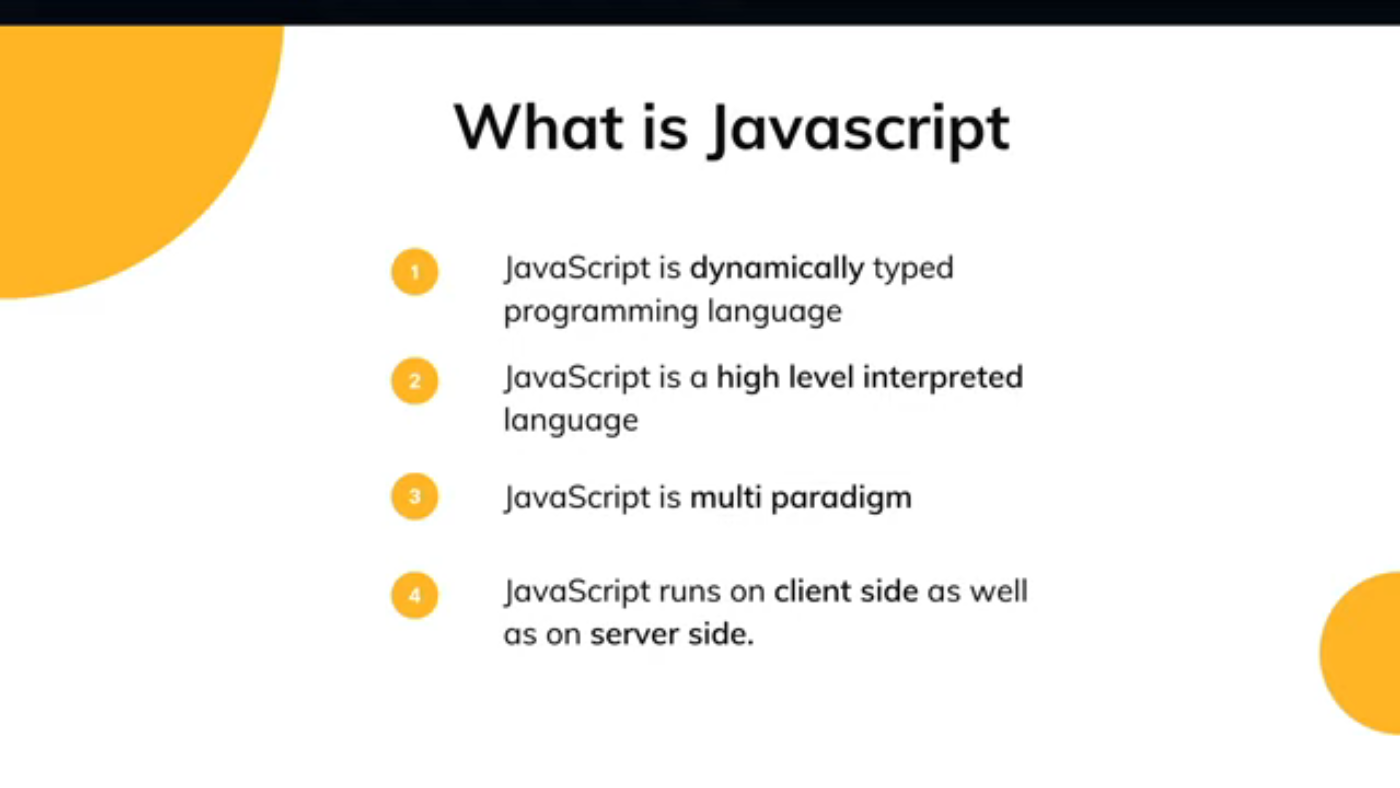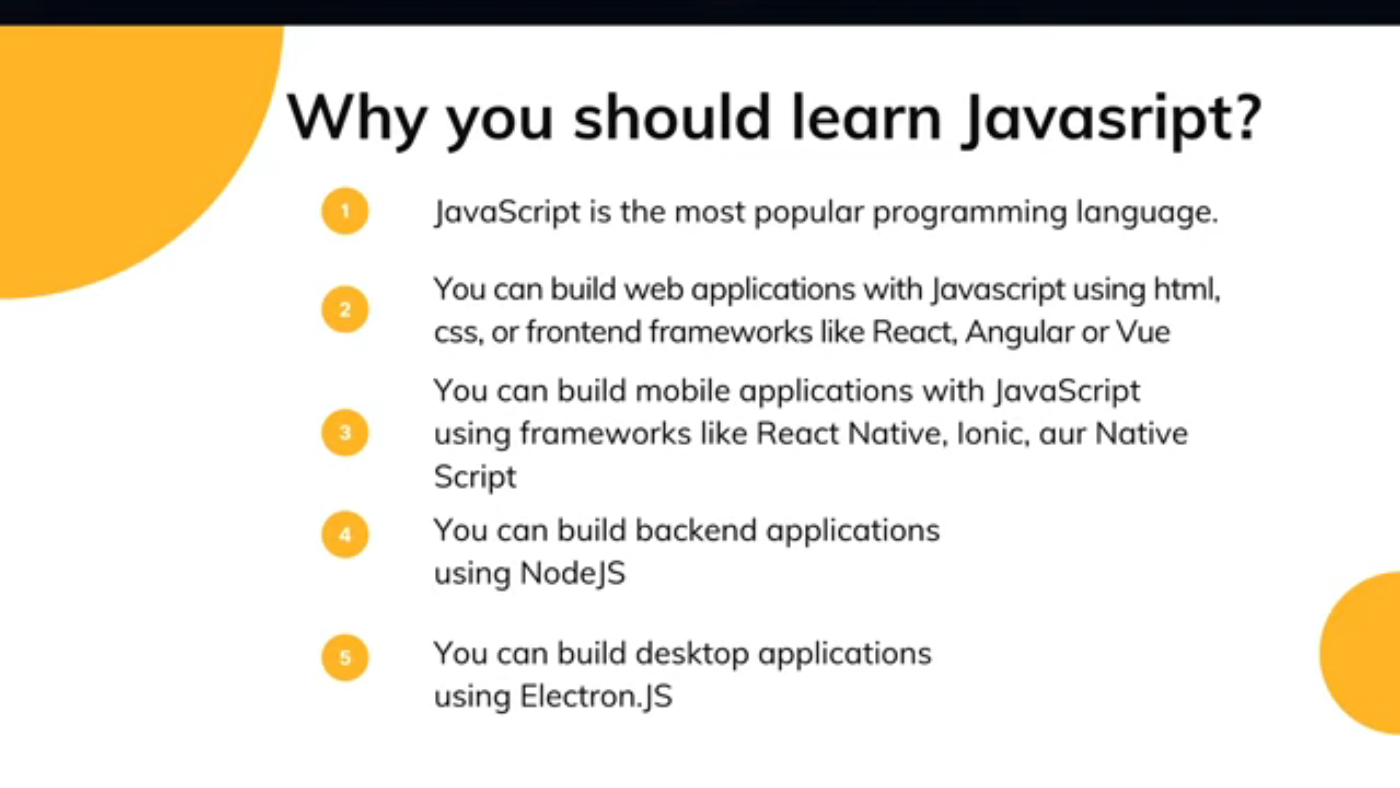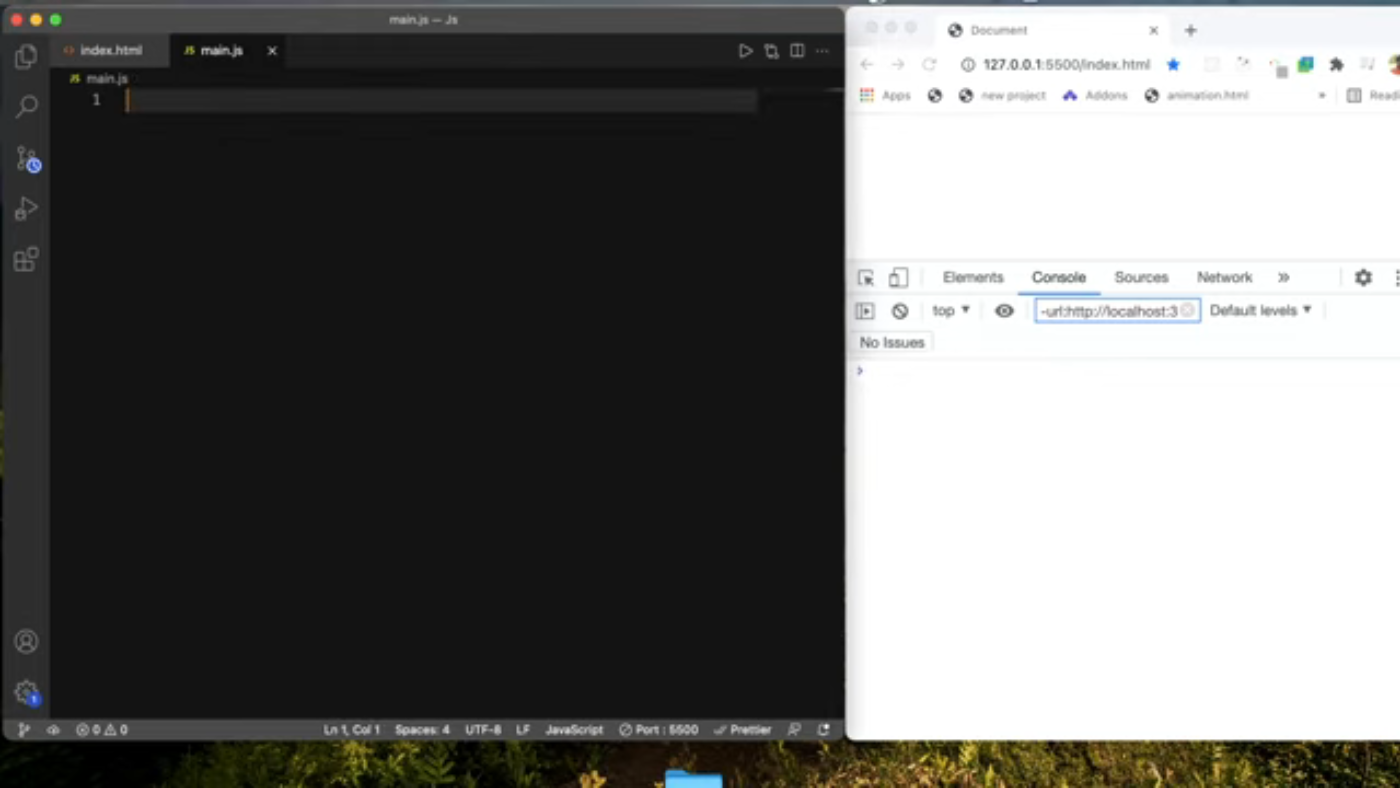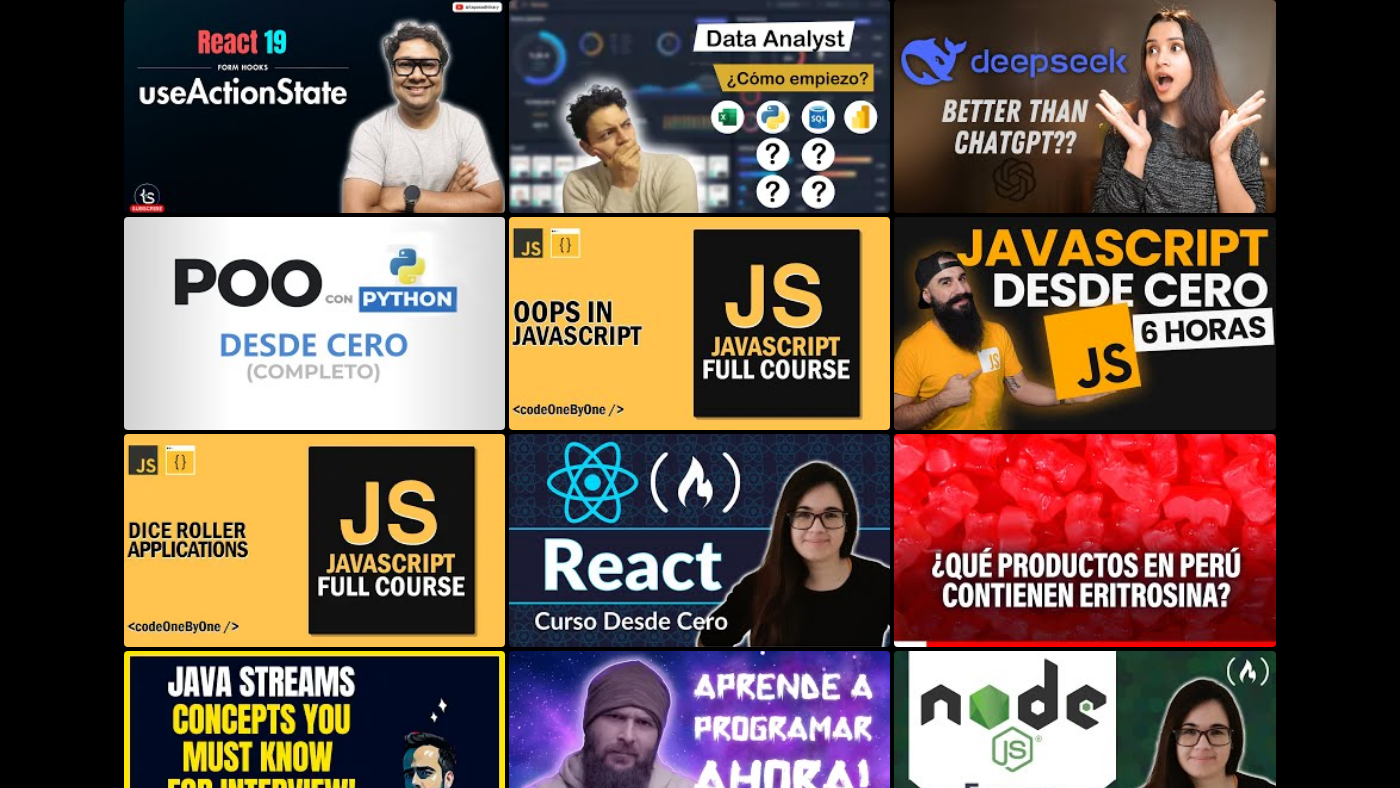Introduction to JavaScript
JavaScript is a high-level, dynamic programming language that is used for client-side scripting on the web. It is also known as a scripting language for the web. JavaScript is used to create interactive web pages, web applications, and mobile applications. It is also used for server-side programming with technologies like Node.js.
What is JavaScript?
JavaScript is a dynamic type programming language, which means that it does not need any compiler to run its code. It is interpreted by the browser or the server, which makes it a very versatile language. JavaScript is also a high-level language, meaning that it abstracts away many low-level details, making it easier to write code.
Features of JavaScript
JavaScript has many features that make it a popular choice for web development. These include:
- Dynamic typing: JavaScript is dynamically typed, which means that you do not need to declare the data type of a variable before using it.
- First-class functions: Functions in JavaScript are first-class citizens, which means that they can be assigned to variables, passed as arguments to other functions, and returned as values from functions.
- Prototype-based inheritance: JavaScript uses prototype-based inheritance, which means that objects can inherit properties and methods from other objects.
Why Learn JavaScript?
JavaScript is a popular language that is used by most websites for client-side scripting. It is also used for server-side programming with technologies like Node.js. Learning JavaScript can help you to:
- Create interactive web pages: JavaScript can be used to create interactive web pages that respond to user input.
- Develop web applications: JavaScript can be used to develop complex web applications like Google Maps, Facebook, and Twitter.
- Create mobile applications: JavaScript can be used to create mobile applications using frameworks like React Native and Angular Mobile.
Setting Up the Environment
To start learning JavaScript, you need to set up your environment. This includes:
- Text editor or IDE: You need a text editor or an Integrated Development Environment (IDE) to write your JavaScript code.
- Web browser: You need a web browser to run your JavaScript code.
- Code editor extensions: You can install code editor extensions like syntax highlighting, auto-completion, and debugging tools to make your coding experience better.
Basic Syntax
JavaScript syntax is similar to other programming languages. You can write JavaScript code in a text editor or an IDE and run it in a web browser.
Variables
In JavaScript, you can declare variables using the let, const, and var keywords. The let and const keywords are used to declare block-scoped variables, while the var keyword is used to declare function-scoped variables.
Data Types
JavaScript has several built-in data types, including:
- Number: The number data type represents a numeric value.
- String: The string data type represents a sequence of characters.
- Boolean: The boolean data type represents a true or false value.
- Null: The null data type represents the absence of any object value.
- Undefined: The undefined data type represents an uninitialized variable.
Operators
JavaScript has several operators, including:
- Arithmetic operators: +, -, *, /, %
- Comparison operators: ==, !=, ===, !==, >, <, >=, <=
- Logical operators: &&, ||, !
Control Structures
JavaScript has several control structures, including:
- If-else statements: Used to execute different blocks of code based on conditions.
- Switch statements: Used to execute different blocks of code based on the value of a variable.
- Loops: Used to execute a block of code repeatedly.
Functions
In JavaScript, you can define functions using the function keyword. Functions can take arguments and return values.
Conclusion
JavaScript is a powerful and versatile language that is used for client-side scripting on the web. It is also used for server-side programming with technologies like Node.js. Learning JavaScript can help you to create interactive web pages, develop complex web applications, and create mobile applications.
 This is the caption for the image
This is the caption for the image
 This is the caption for the image
This is the caption for the image
 This is the caption for the image
This is the caption for the image
 This is the caption for the image
This is the caption for the image


